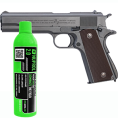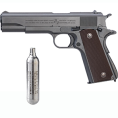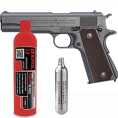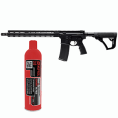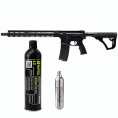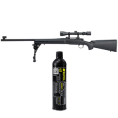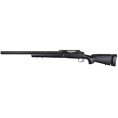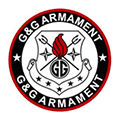Gas Gun Gas Canister Selection
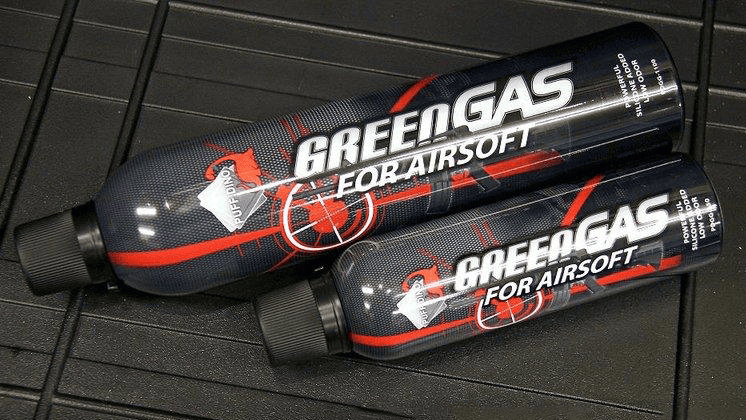
When selecting a gas canister, there are several key factors to consider, as these directly affect the performance and maintenance of your airsoft gun. The main characteristics of gas include pressure, whether silicone oil is added, and whether there is any odor. Especially, some cheaper gas canisters may have a strong smell; although this may be slightly unpleasant, the price is relatively affordable.
1. Airsoft Gun Brand and Gas Canister Selection
First, choosing a suitable gas canister depends on the brand of your airsoft gun. Each brand has different requirements for gas, so it is important to know which type of canister your gun uses. Generally, the shelf life of gas canisters for airsoft guns is about 5 years, and the common canister capacity is 1000ml, with an actual internal volume of about 600ml.
Different gun models correspond to different canister pressures. For example, Japanese airsoft guns often use 8 kg canisters, while most common airsoft guns use 12 kg, 14 kg, and even 16 kg or 22 kg canisters. Higher pressure can increase the power and stability of the gun, but you must ensure that your gun can safely handle the pressure.
2. Gas Pressure and Gun Tolerance
When selecting a gas canister, it is also necessary to consider the gun’s tolerance. Different gas pressures directly affect the lifespan and stability of the gun. Generally, high-pressure gas canisters (e.g., 16 kg or 22 kg) provide stronger shooting power but require that the gun can safely withstand it.
As the user, your understanding and confidence in your airsoft gun are also important factors in choosing a gas canister. While some players may use higher-pressure canisters, it is necessary to select carefully to avoid damaging the gun due to excessive gas pressure.
3. Filling Time
The filling time is not an absolute standard; it depends on the condition of the gas canister and the remaining gas. Generally, a newly opened canister is easier to fill, while a previously used canister may still have residual gas. When filling, keep the magazine bottom-up and the gas canister inverted, aligned with the magazine’s fill valve. You will hear a “hiss…” sound during filling, which is normal.
Usually, some gas may overflow when the magazine is full. You can stop at this point and do not need to force more in. Note that excessive filling may cause too much liquid gas to accumulate in the magazine, which can affect shooting performance. For example, some players may find that they cannot fully fill the magazine, likely due to too much liquid gas entering.
4. Should Gas Be Left in the Gun When Not in Use?
This is a common question among players, especially regarding whether to leave gas in the magazine. Opinions vary, but in practice, residual gas can affect gun maintenance. Silicone oil in the gas can affect the rubber O-rings in the gun, causing them to expand, harden, or even leak over time.
Therefore, some players choose to leave a small amount of gas to maintain better O-ring sealing, which helps keep the gun functioning properly and provides basic maintenance. However, this is not absolute; the most important thing is to choose a method that works best for you.
Some players prefer to empty the magazine after use and refill a small amount of gas, while others completely empty it. There is no standard answer; choose according to your own usage habits.
Summary
When choosing the appropriate gas canister, consider the gun’s brand and model, the canister’s pressure, capacity, and silicone oil content. Pay attention to filling time to avoid excessive liquid gas in the magazine that could affect shooting. Regarding whether to leave gas in the gun, there is no absolute standard—follow your own habits, and above all, ensure the safety and stability of your gun.

